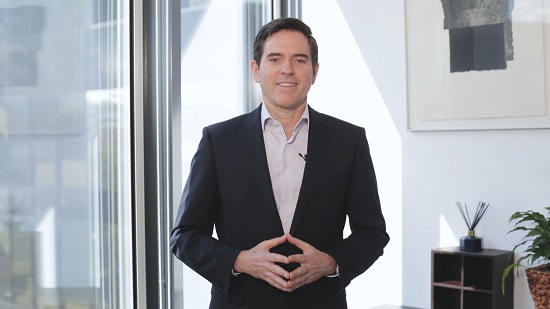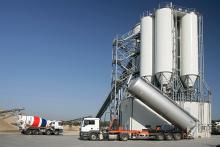
A fifth of the total reduction attained since 1990 happened in the last two years, with a drop of over 12% from 2020 performance, showing the acceleration of CEMEX's efforts to cut emissions.

Sergio Menendez, president for CEMEX EMEA, said: "We are very proud to have reached a 41% reduction in CO2 emissions generated by our European cement business, and this is all thanks to the commitment of our teams to pursuing climate action, circularity, and natural resource management.
"As we begin to implement the next stages in our climate action strategy, we now expect to exceed our 2030 aspiration of hitting a 55% CO2 reduction in our European operations. While we are progressing important carbon capture projects and policy advocacy for our ultimate net zero target, these 2030 interim aspirations are not reliant on this technology."
"This is certainly a challenging target, but I am confident that with innovative thinking, close collaboration between our different business areas, and further development of our regulatory framework, it is both feasible and profitable. This sustained effort is vital if we are to meet our global, primary objective of becoming a net-zero CO2 company by 2050. We will continue to provide regular updates on our progress."
CEMEX's European cement operations were able to achieve a substantial CO2 emission reduction in 2022 thanks to significant developments in its climate action activity, including a large investment in a new alternative fuels facility in the UK, investment into solar energy at sites in countries including Germany and Poland, plus increasing supply of its more sustainable Vertua products across the region.
The business's European cement plants have worked hard to reduce emissions, with CEMEX Spain signing an important agreement to ensure a 30% renewable energy supply for its cement plants. At the same time, the region has also seen a reduction in clinker factor along with an increase in the use of alternative raw materials that lower the carbon footprint of the process.
CEMEX's global Future in Action strategy recognises that the opportunity for reducing emissions is not limited to the production process but to the entire life cycle of its products and transforming the industry's value chain. It is therefore structured around six activity pillars; sustainable products & solutions; decarbonising its operations; circular economy; water & biodiversity, innovation & partnerships; and promoting a green economy.










